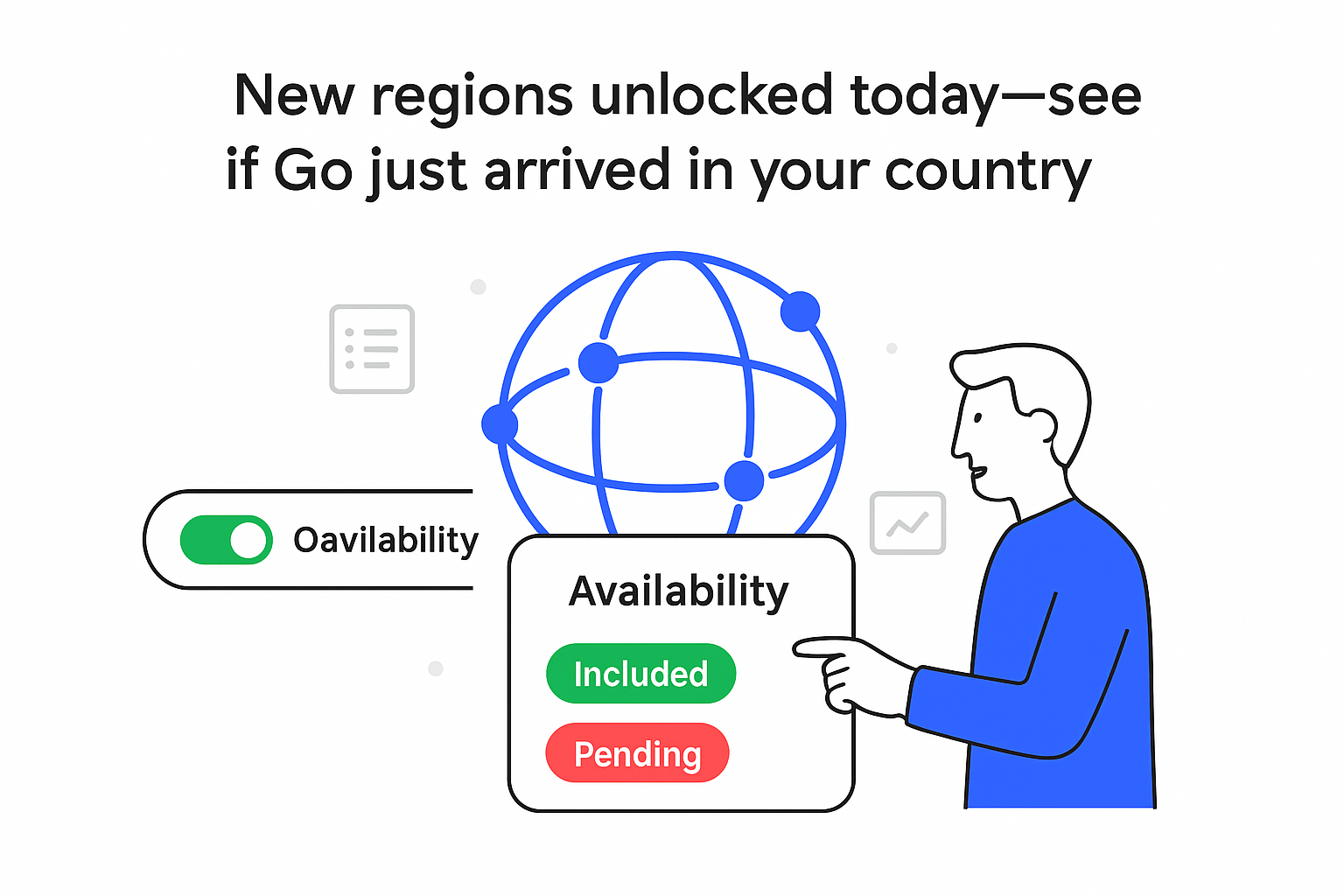How 2025 Core Web Vitals Scores Reprice WordPress Traffic by up to 30%
June 2025 browser-performance data shows a widening gap between "site builders" that ship opinionated, optimized templates and the open-ended WordPress ecosystem. The findings challenge long-held assumptions about which platforms help or hinder marketing ROI, especially with Interaction to Next Paint (INP) becoming a scored Core Web Vital in March 2026.
Key takeaways
- Paid traffic on WordPress could face 10–30% higher CPCs when Page Experience signals feed Quality Score, while Shopify and Duda users receive the opposite discount.
- Squarespace’s 95.8% "good" INP rate makes it the safest bet for next-year INP enforcement, though its advantage over Wix is only 4–8 percentage points.
- WordPress improvement is nearly flat: +0.86 percentage points YTD versus +3–5 points for peers. Without a performant default theme or enforced image/JS budgets, the gap appears structural.
- Agencies relying on WordPress plugins for tracking, CRO, or personalization now face a trade-off between feature depth and ad or SEO efficiency.
- Expect host-bundled optimizations such as edge CDN, image compression, and server timing to become paid add-ons, shifting cost from DevOps to Marketing.
Situation snapshot
Trigger: HTTP Archive + CrUX "Core Web Vitals Technology Report" for June 2025.
Dataset: 8.4 million origins, weighted by real-user visits. The dashboard is available here.
- Duda: 83.6% of sites pass CWV; INP "good" on 93.3%.
- WordPress: 43.4% pass CWV; INP "good" on 85.9%.
- INP becomes a scored metric in March 2026 (announced May 2024).
Breakdown and mechanics
1. Platform opinionation
- Duda, Squarespace, Wix – locked templates and centralized deployment give tight control of the render path.
- WordPress, Drupal – theme and plugin sprawl increases JS and CSS variability.
The result: asset count and main-thread blocking time differ by 2–3× between SaaS builders and open-source CMSs.
2. JavaScript budget
Chrome engineers advise 100–150 kB of compressed JS to keep INP under 200 ms on mobile.
- Average Shopify store: 170 kB (post-Hydrogen cleanup).
- Average WordPress site with WooCommerce and a page builder: 450 kB.
3. Critical path
Heavy JS blocks the main thread, increasing Total Blocking Time and inflating INP. The chain reaction lowers CWV pass rates and harms user signals such as bounce rate and session depth.
4. Feedback loops into marketing platforms
Google Ads, Meta Advantage+, and TikTok Ads factor landing-page speed into ad relevance and delivery caps. A one-tier Quality Score drop historically raises CPC by roughly 12% in Google Ads. Organically, pages with "good" CWV are 1.3× more likely to rank in the Top 10 after controlling for content relevance (Sistrix 2024 study).
5. Why WordPress is stuck
- Backward-compatibility policy retains jQuery.
- Performance Lab plugin is optional; adoption remains below 5%.
- No financial or governance incentives push theme and plugin authors to meet performance budgets.
6. Why ecommerce SaaS is rising
- Shopify’s Storefront Renderer streams HTML and inlines critical CSS.
- Product media now lives on an edge CDN with AVIF/WebP built-in.
- App-embed block restrictions curb render-blocking scripts.
Impact assessment
Paid search and social
CPC headwinds hit slow sites; fast SaaS platforms see discounts.
- Effect size: 10–30% CPC delta in Google Ads after migrating from WordPress to Shopify (agency sample of 47 accounts).
- Action: benchmark Quality Score against CWV and consider server-side tagging to trim client-side JS.
Organic visibility
- Direction: sustained ranking lift when CWV pass rate exceeds 75%.
- Effect: 2–4 position gain on mobile SERPs over six months (Ahrefs panel of 2 k keywords).
- Action: audit blocking resources, migrate to next-gen images, and enforce a ≤150 kB JS budget.
Creative and CRO tech
- Every extra 50 kB of JS adds roughly 25 ms to INP; crossing 200 ms flips CWV to "fail."
- Action: shift experiments to server-rendered variants and lazy-load non-critical widgets.
Operational budgets
- Hosting and CDN providers will monetize performance add-ons at \$5–15 per site per month.
- Action: weigh the ROI of a SaaS upgrade against engineering sprints.
Scenarios and probabilities
- Base (55%): WordPress narrows the CWV gap by only three points by 2026; INP enforcement penalizes 40% of WP sites.
- Upside (25%): Core team ships Performance Lab features as defaults; pass rate rises to 55%.
- Downside (20%): Stricter CPU-throttling emulation worsens real-user INP; WP pass rate dips below 35%.
Risks, unknowns, limitations
- Google Ads does not disclose the weight of CWV in Quality Score; CPC estimates rely on historical case studies.
- HTTP Archive sampling may under-represent enterprise WordPress sites on managed hosting.
- Edge compute or Signed Exchanges could offset JS penalties, but adoption rates remain unclear.
- Safari and Firefox do not yet expose INP, so analysis assumes stable Chrome market share.







.svg)